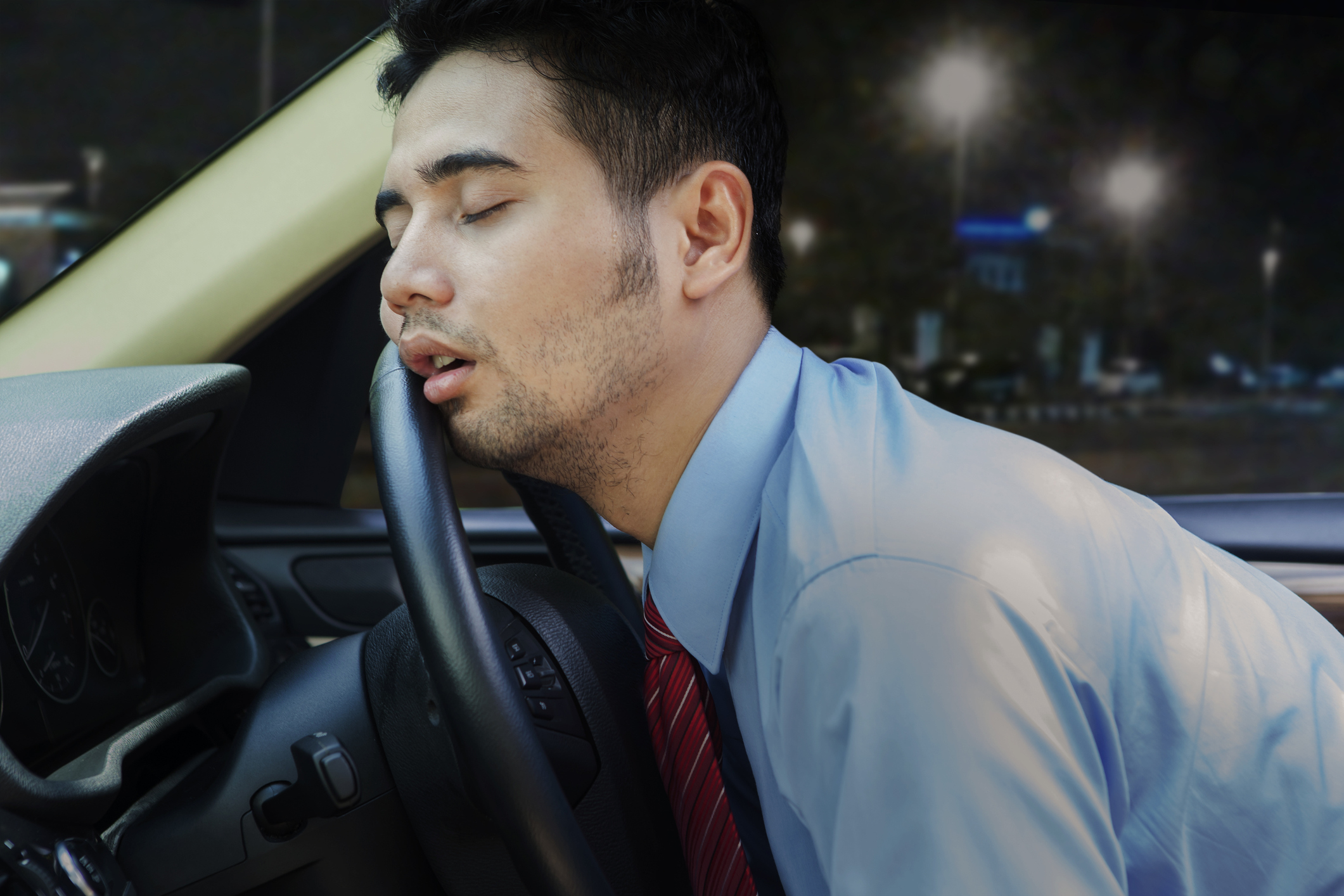News
As fatigue is declared a deadly epidemic, it’s time for drivers to wake up to the danger of drowsy driving
 Almost all Americans (97%) say they have at least one of the leading nine risk factors for fatigue, including working at night, working long shifts, and enduring long commutes, according to a new National Safety Council (NSC) report.
Almost all Americans (97%) say they have at least one of the leading nine risk factors for fatigue, including working at night, working long shifts, and enduring long commutes, according to a new National Safety Council (NSC) report.
So big is the problem that the NSC has declared fatigue a “hidden but deadly epidemic” and affects all driving age groups, including young drivers. Teens, on average, need eight to ten hours of sleep each night to function best. Yet 58% of 15–17-year-olds sleep for just seven hours or less per night. Hectic lifestyles affect how much rest teenagers get—something that is not aided by teens’ growing addiction to mobile devices.
Wake up! Driving is serious business. It’s estimated that nearly 83.6 million Americans are taking a deadly risk and driving drowsy every day. Official statistics tell us drowsy drivers were involved in over 72,000 police-reported crashes in 2015, causing 41,000 injuries and more than 800 deaths. But, the true numbers could be much higher. Why? Because the police don’t always know conclusively whether a crash involves a tired driver.
We do know crashes involving a drowsy driver are about 50% more likely to result in death or serious injury, as the incapacitated driver is unable to react to avoid a high-speed impact. Estimates indicate fatigue is involved in 16.5% of all fatal crashes, putting the death toll as high as 6,000 per year. The scariest part? Only two states, New Jersey and Arkansas, have laws targeting drivers who injure or kill someone while driving drowsy.
Think missing out on a couple hours sleep is OK before driving? Not so! Research tells us you’re three times more likely to be involved in a car crash if you’re fatigued. It is not worth taking the risk, especially when you consider that fatigue-related crashes are around 50% more likely to result in death or serious injury. – Celia Stokes, CEO, eDriving
Drowsy driving is impaired driving
Tiredness reduces driver reaction times, hazard awareness, and the ability to sustain attention. In fact, drowsy driving is comparable to driving drunk. Researchers say being awake for 17 hours has roughly the same effect on driving ability as a blood alcohol content (BAC) of 0.05% and being awake for 20 hours has a similar effect to a BAC of 0.10%. That’s some effect when you consider the legal BAC for drivers in most states is 0.08%. No wonder the NSC says you’re three times more likely to be involved in a car crash if you are fatigued.
Sleepiness poses such a danger to drivers that the National Highway Traffic Safety Administration (NHTSA) has expanded its definition of impaired driving to include not only drunk, drugged, and distracted, but also drowsy driving. Driver fatigue also features on the National Transportation Safety Board’s 2017-18 “Most Wanted List,” designed to increase awareness of the most critical changes needed to reduce road crashes and save lives.
What can you do?
- Get enough sleep! Adults need an average of seven to eight hours of sleep per night, and teens require more
- Correctly identify signs of fatigue, which include yawning, difficulty concentrating, trouble keeping your eyes open, varying speed for no reason, and drifting over lane markings
- Plan a regular 15-minute break for every two hours of driving. If you feel tired while driving, pull over as soon as it’s safe to do so. Don’t “power on” or rely on quick fixes such as a coffee, energy drinks, or rolling down a window
Teens: This means you, too
Did you know 16- to 24-year-old drivers are the most likely to fall asleep at the wheel? Follow these tips to be an alert and awake driver:
- Aim for 8-10 hours of sleep per night
- Prepare for your new school schedule by gradually adjusting your sleep and wake-up times a week or so in advance
- Power mobile devices down before getting into bed, or leave them in a place other than your bedroom at night
- Create a schedule that allows you to get enough sleep, avoiding homework and mobile device use late at night
- Eat well and exercise regularly to help improve sleep quality
Challenge yourself to improve
eDriving’s One More Second® Defensive Driving Course is a two-hour course that will help you become a defensive, crash-free driver for life, helping you identify and retrain your bad driving habits.
Help the whole family become safer behind the wheel with eDriving’s new smartphone-based virtual coaching app, Mentor by eDriving®. The app measures driving habits like speeding, braking, cornering, and distraction, and provides a FICO® Safe Driving Score.